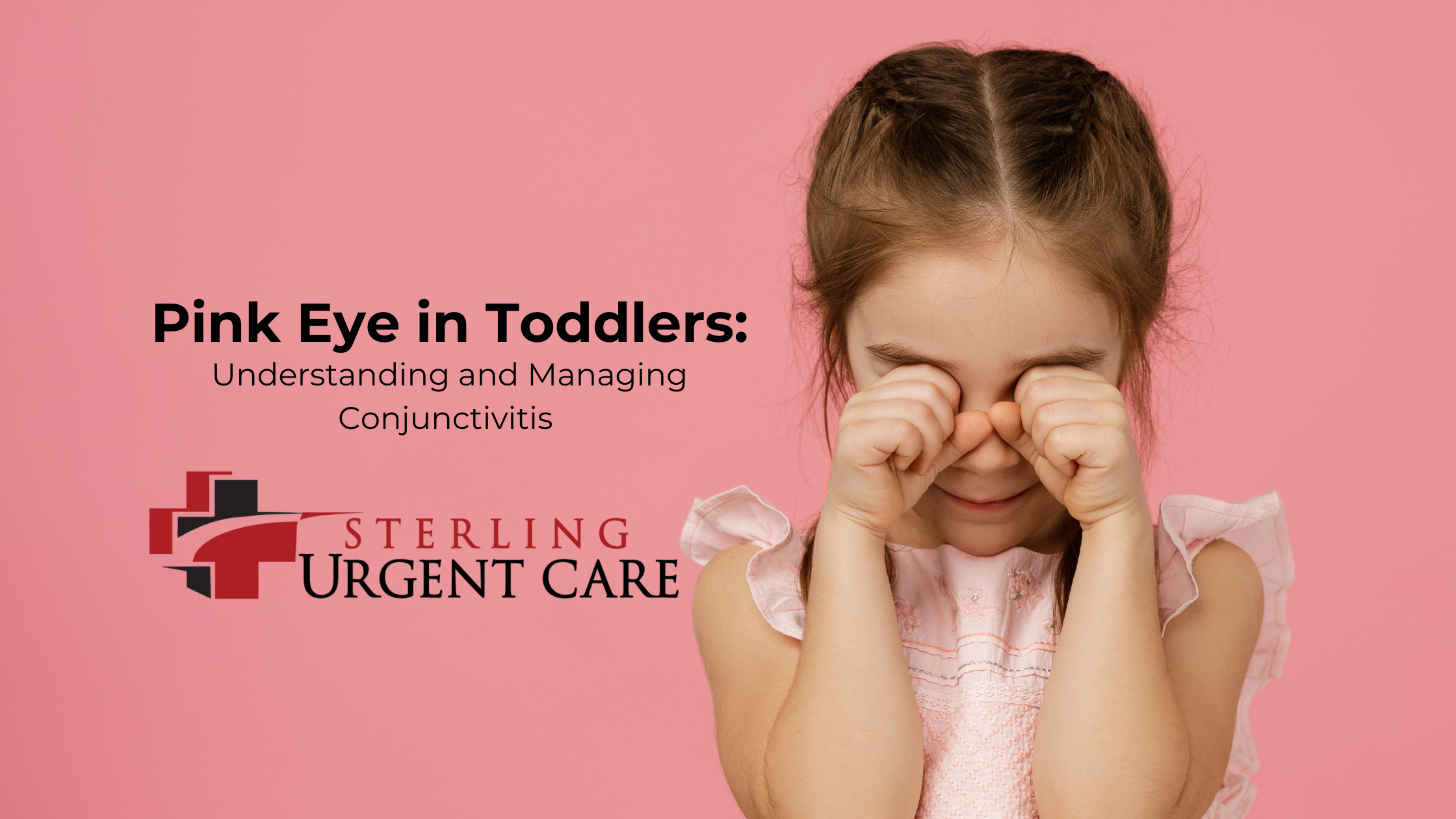Pink Eye in Toddlers: Understanding and Managing Conjunctivitis

What is Pinkeye?
Pinkeye (conjuncingtivitis) is an infection that impacts both the eyeball's covering and the inside of the eyelid. While commonly caused by viruses, bacteria can also be responsible for this eye condition.
Symptoms of Pinkeye in Toddlers:
- Complaints of a scratchy feeling in the eyes
- Excessive tearing
- Pink or red whites of the eyes
- Slight eyelid swelling
- Pus or discharge that can make eyelids sticky during sleep and collect in the corners of the eyes when awake.
- Direct Contact: When a child with pinkeye touches the discharge and then contacts another child.
- Indirect Contact: Contaminated objects, such as tissues, can spread the virus when touched or used by another person.
- Droplet Transmission: Sneezing or coughing can spread pinkeye if caused by a common cold.
Treatment of Pinkeye:
The treatment for pinkeye depends on its type:
- Purulent Pinkeye (Bacterial): Characterized by a pink or red eyeball, white or yellow discharge, sticky or red eyelids, and eye discomfort. It is treated with antibiotics (eye drops or ointment) to prevent further spread.
- Non-Purulent Pinkeye (Viral or Irritant): The eyeball is pink or red, but the discharge is clear or watery, with mild or no discomfort. Antibiotics are ineffective for this type.
When to See the Doctor:
- Your baby has purulent eye discharge and is under 3 months old.
- You suspect your child has pinkeye; the doctor will determine the appropriate treatment.
- Your child appears unwell with a fever, rash, or eye pain, or if pinkeye persists.
Preventing Pinkeye Spread:
Follow these tips to prevent the spread of pinkeye:
- Wipe tears or discharge from your child's eyes carefully and in one direction.
- Wash hands thoroughly after touching or wiping your child's eyes.
- Avoid sharing towels or washcloths to prevent illness spread.
- For viral pinkeye, the child can return to childcare after seeing a doctor; for bacterial pinkeye on antibiotics, stay home until 24 hours of treatment.
Understanding pinkeye in toddlers is crucial for effective management and prevention. By recognizing symptoms, seeking timely medical attention, and adopting preventive measures, you can ensure your child's eye health. Stay informed and proactive to keep those little eyes happy and healthy. Sterling Urgent Care can help you determine a treatment for yourself or if you notice pink eye in your toddlers or children.
